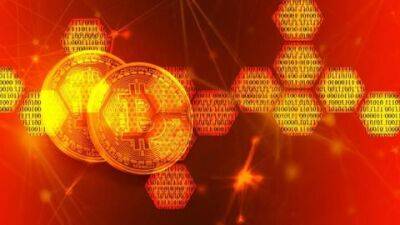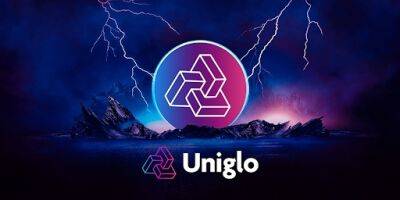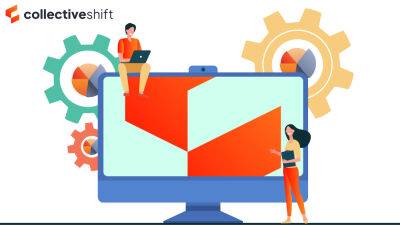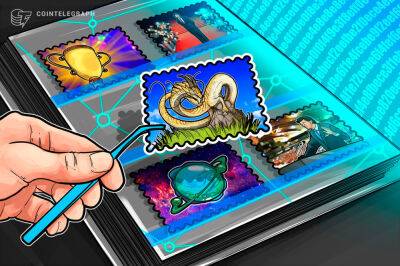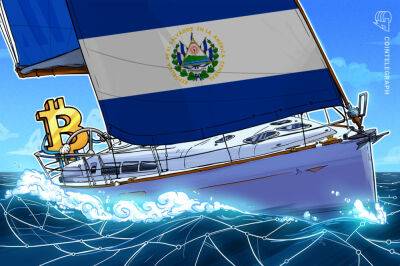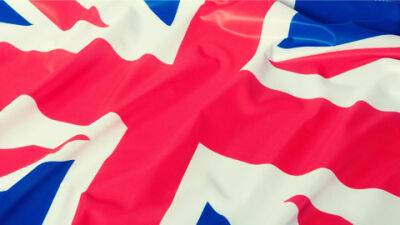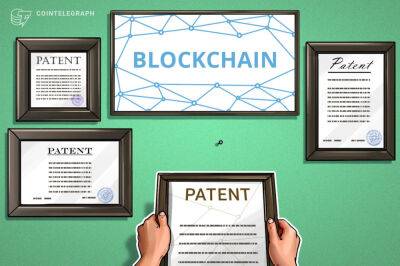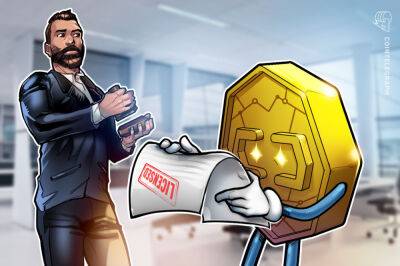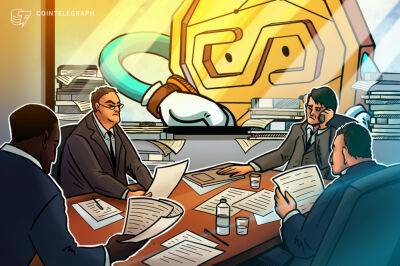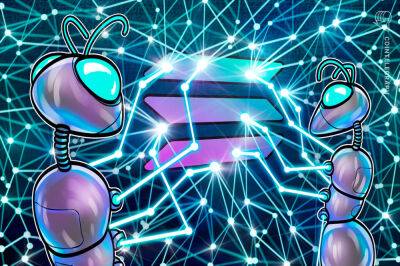How adoption of a decentralized internet can improve digital ownership
Known as Web2, the current iteration of the internet emphasizes creating and distributing user-generated content. Websites like YouTube, social media apps like Instagram and Twitter, news sites, personal blogs and more make up a large part of the internet.
Web2 is a step up from Web1, which was mainly a read-only web version filled with simple static websites. Web3 aims to bring decentralization and token-based economies to the internet.
The development of several different web protocols at the beginning of the twenty-first century made it possible for programs and content to be linked via read-and-write interactions. Web2, in its present form, enables users to consume material created by other users and create their own content. Readers are probably best acquainted Web2. As a result of Web2’s autonomy in content production, the age of social networks was ushered in, and with it came the proliferation of blogs, online forums and online markets.
However, rent-seeking centralized corporations have taken advantage of this free flow of information to monetize user data and habits, despite the undeniable fact that Web2 has offered users significant advantages. The demand for a web that developers and users control has increased, primarily due to a breakdown of trust, user exploitation and data control.
The goal of Web3 is to encourage open services driven by decentralized applications (DApps) rather than centralized apps controlled by tech behemoths. Users of Web3 can connect to applications and protocols directly, removing the need for third-party intermediaries in the process. Web3 has been described as the "read/write/own" version of the internet. Open services built on Web3 encourage permissionless entrance, maximize value
Read more on cointelegraph.com


 cointelegraph.com
cointelegraph.com